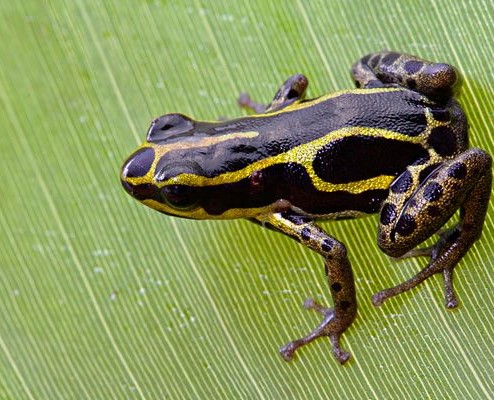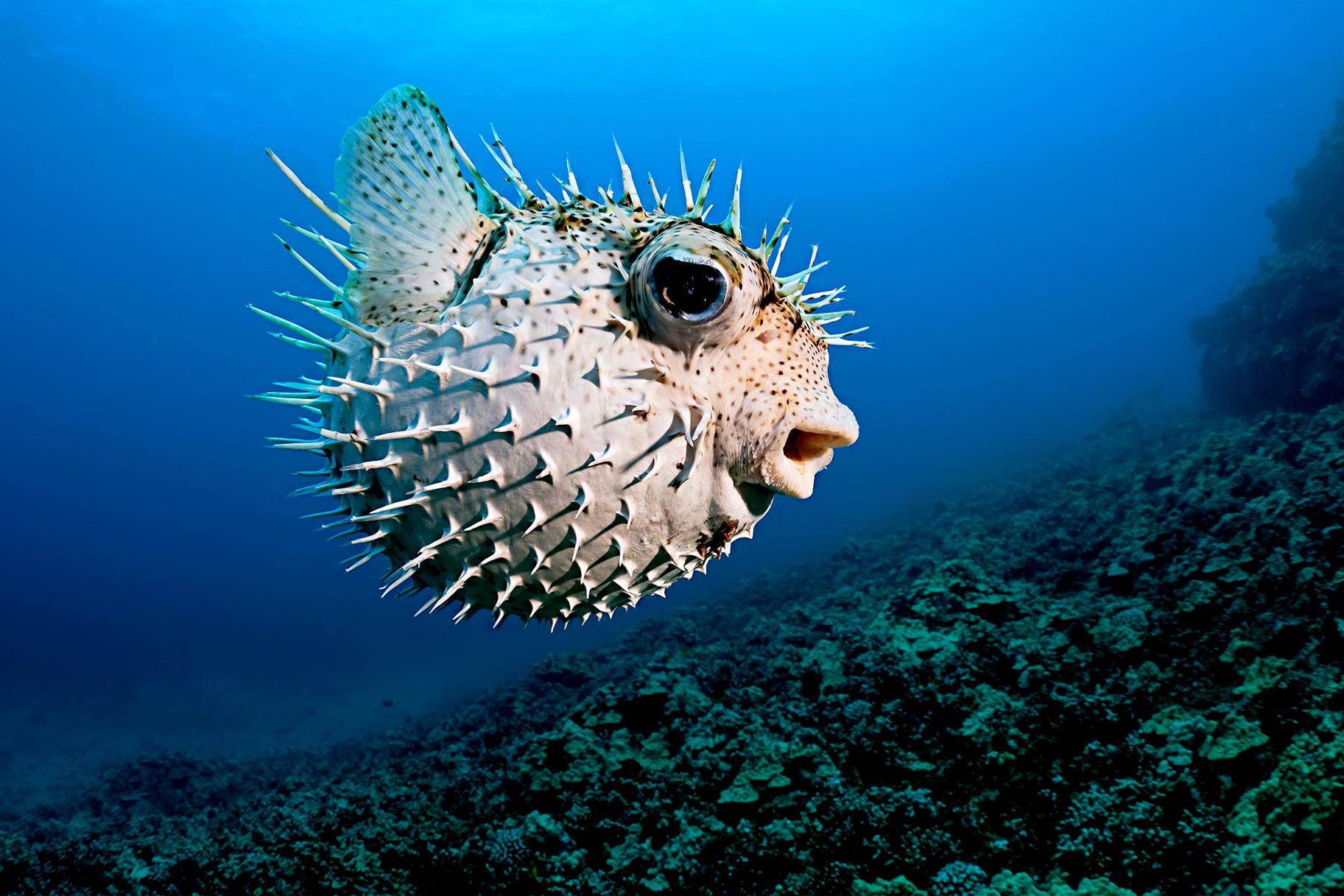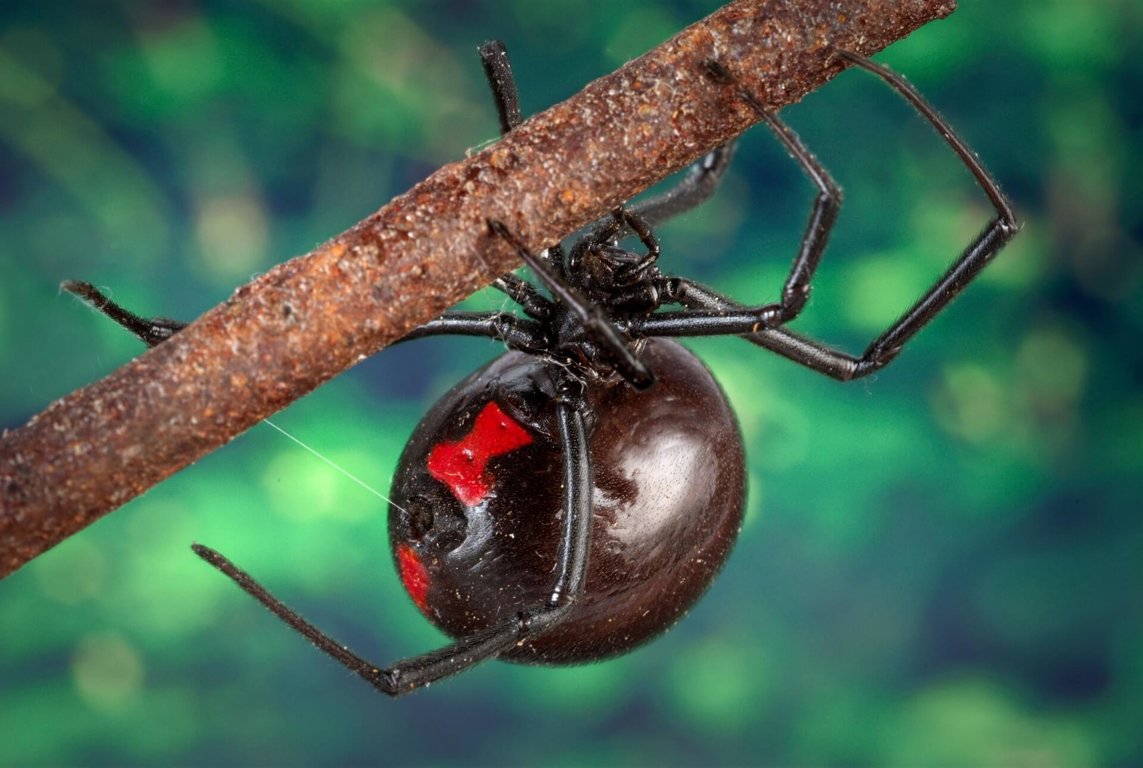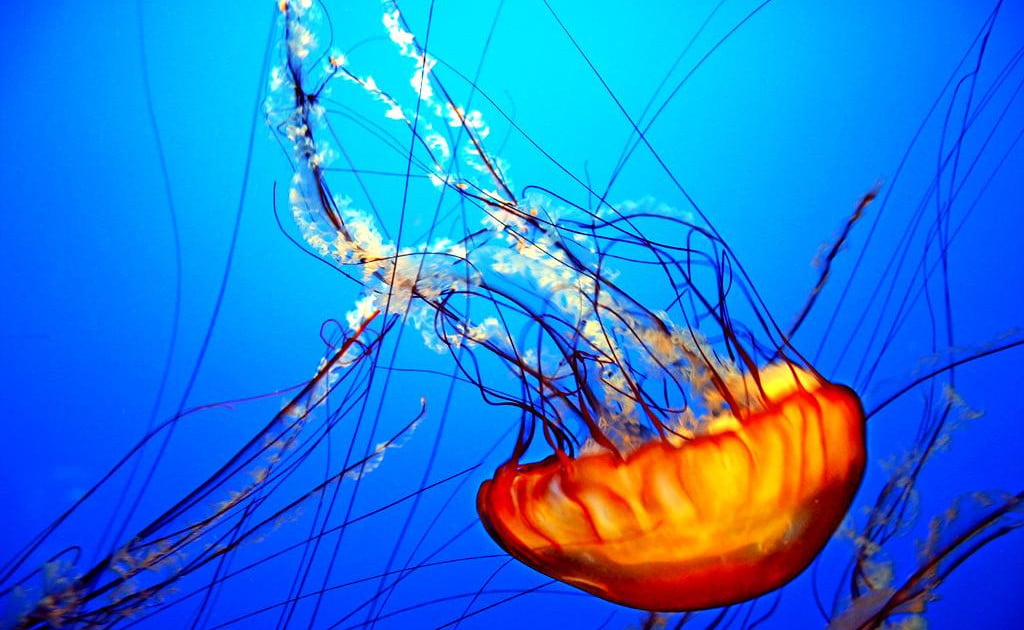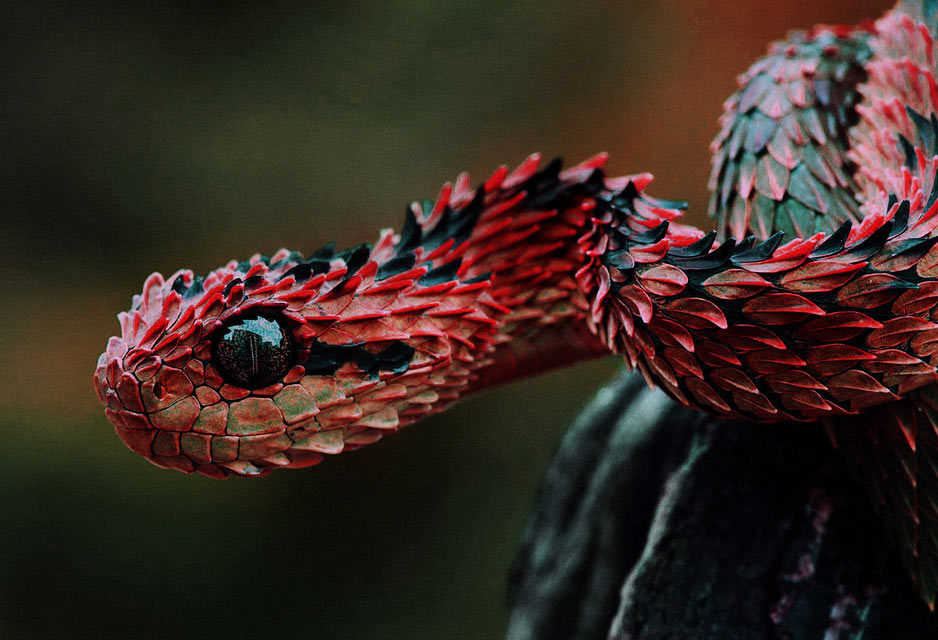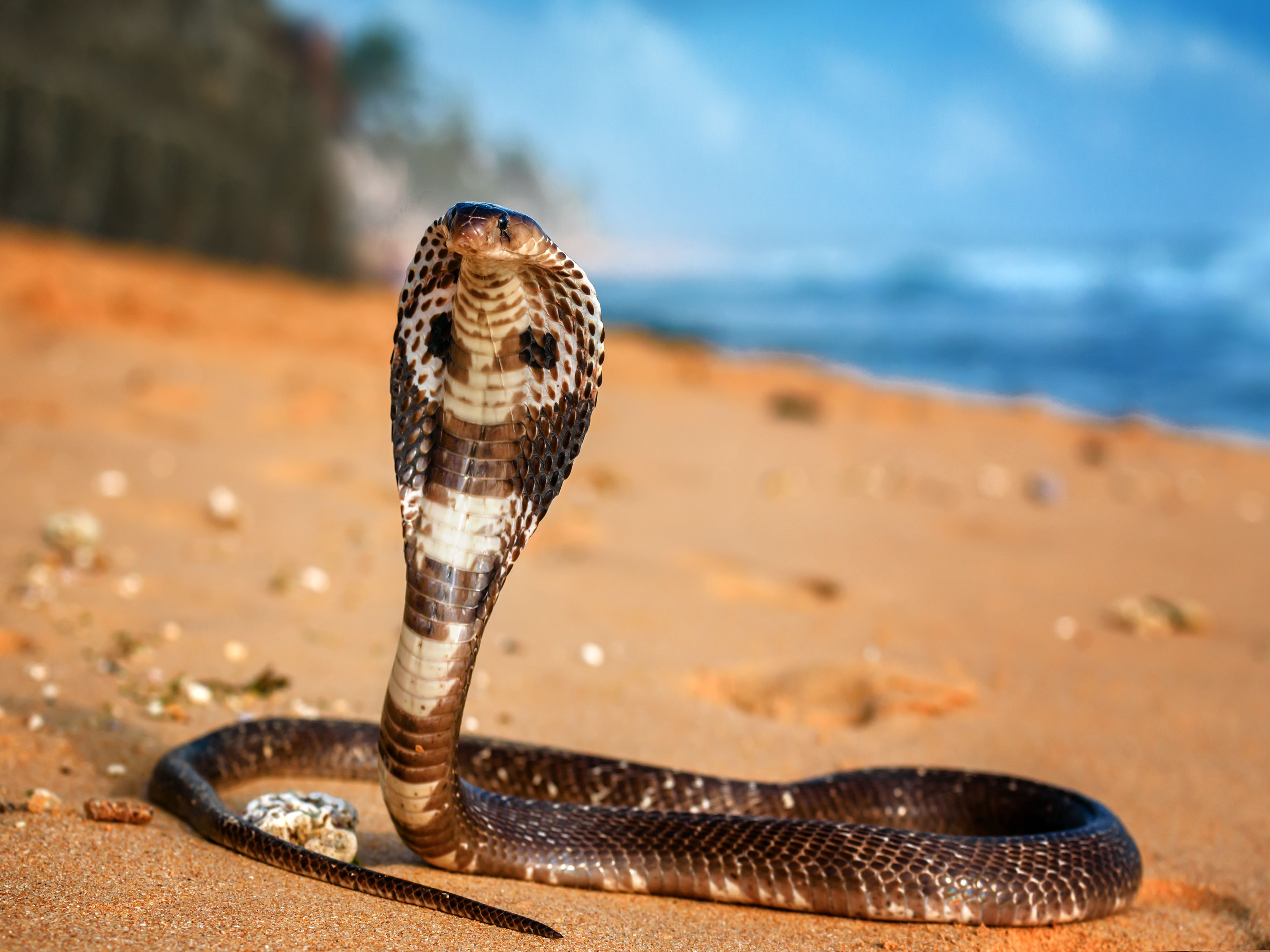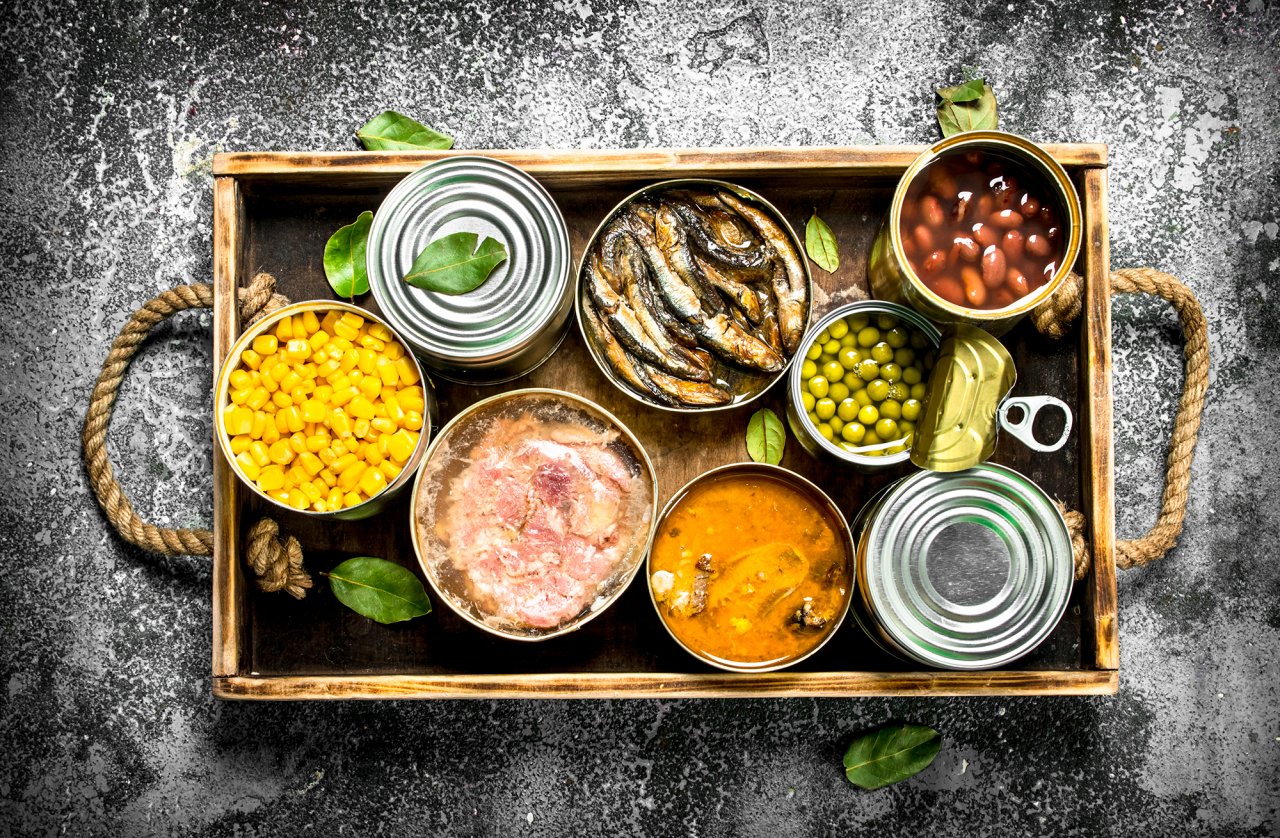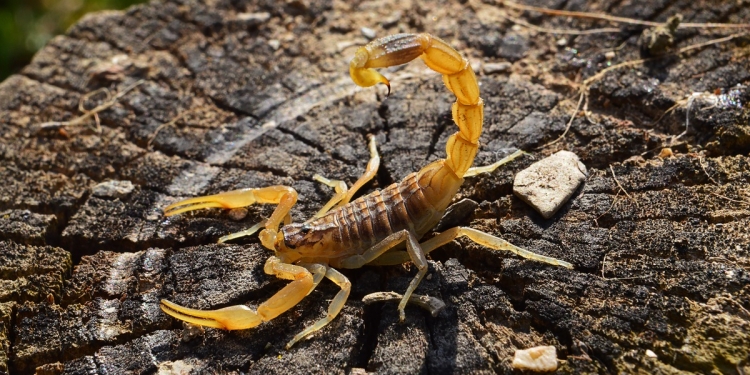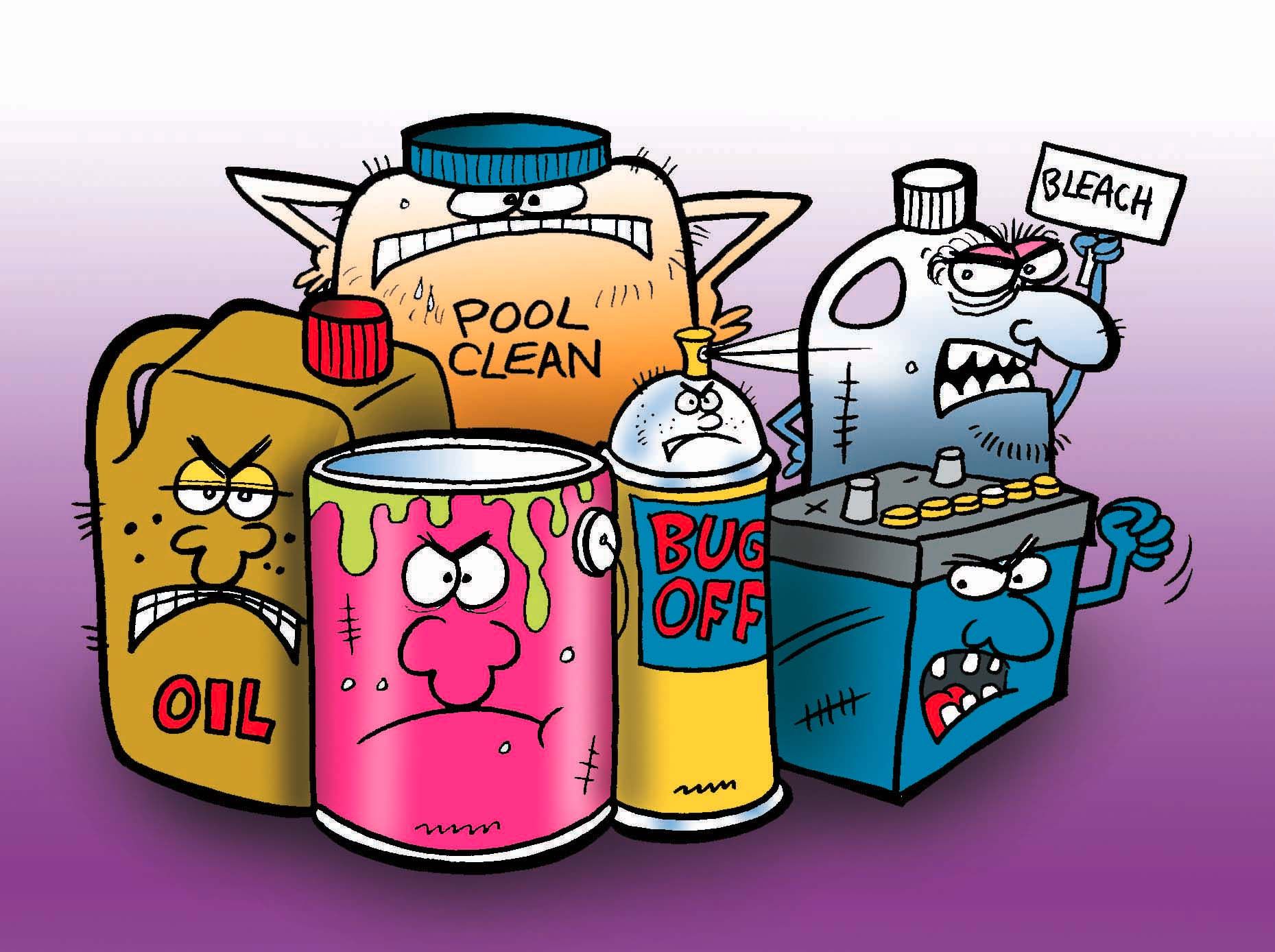Different Types of Bees
Less aggressive than some common species of wasps, with the exception of the Africanized honey bee, bees are an essential part of our ecosystem. With their ability to pollinate flowers, fruit trees and other food-producing crops, not to mention the ones that make honey, bees are an important insect for farmers and our environment.
However, for people who are allergic to bee stings and those who are not, the threat of being stung can be scary. And, since different bees tend to be more threatening than others, it's important to properly identify what type of bee you're seeing before you take any action.


